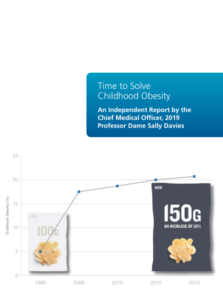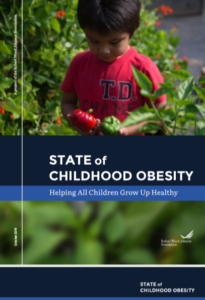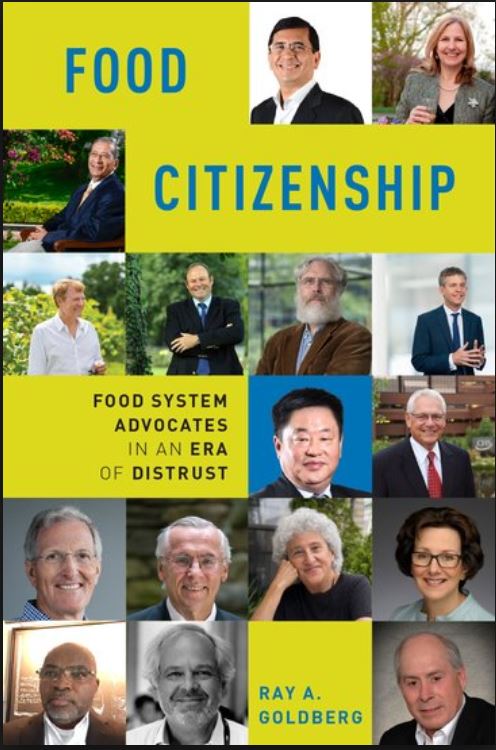Weekend reading: Food for the Future
John Brueggemann. Food for the Future: Beautiful Stories from the Alternative Agro-Food Movement. Lexington Books, 2023.
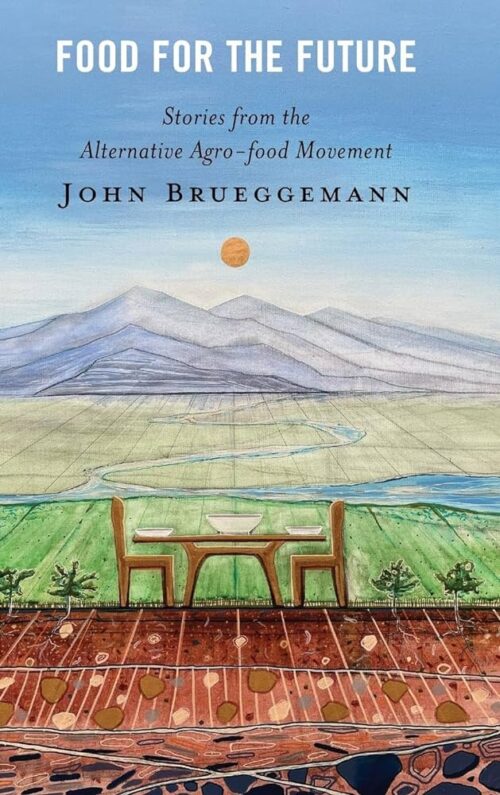
I did a blurb for this book:
Sociologist John Brueggemann examines the stories of people actively engaged in today’s small-scale food and farming movement toward healthier and more sustainable food systems. Their commitment, passion, and pragmatism is so inspiring that we will all want to join or support this movement in every way we can.
This brief excerpt explains at a glance why these stories matter.
A central claim of this book, however, is that there is also a Beautiful Story. Against this vast, execrable current, there is a dramatic countertrend, a trickle of clean, life-giving freshness that is rapidly gaining strength…This includes, most importantly, farms. From the people I spoke to directly, others they mention, and secondary research, it seems clear to me that many farmers care deeply about the land, what they produce how they produce it, and its consequences for consumers.
I love food and through this research have come to revere those who make it available. I find this movement to be stirring, both in terms of what it is doing for our food system, but more importantly for all the lessons it offers for how neighbors can live together. I think this story is both credible and wondrous….We’ve got to have faith in each other.



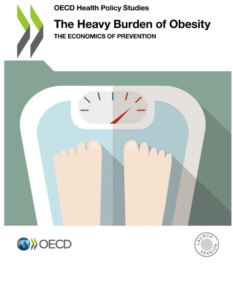 This one was produced by the OECD (Organisation for Economic Co-operation and Development). It finds: “Almost one in four people in OECD countries is currently obese. This epidemic has far-reaching consequences for individuals, society and the economy. Using microsimulation modelling, this book analyses the burden of obesity and overweight in 52 countries (including OECD, European Union and G20 countries), showing how overweight reduces life expectancy, increases healthcare costs, decreases workers’ productivity and lowers GDP.”
This one was produced by the OECD (Organisation for Economic Co-operation and Development). It finds: “Almost one in four people in OECD countries is currently obese. This epidemic has far-reaching consequences for individuals, society and the economy. Using microsimulation modelling, this book analyses the burden of obesity and overweight in 52 countries (including OECD, European Union and G20 countries), showing how overweight reduces life expectancy, increases healthcare costs, decreases workers’ productivity and lowers GDP.”